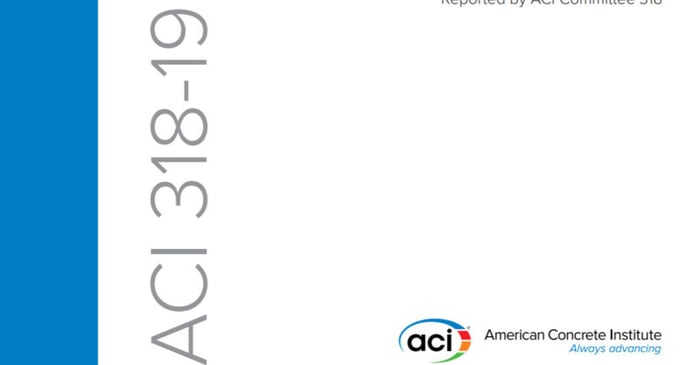
October 30, 2020
Concrete Design according to ACI 318-19 Now Available
The new ACI 318-19 concrete code has been implemented into RISA-3D v19, RISAFloor v15, RISAFoundation v13 and RISA-2D v19.
Halloween isn’t just for candy and costumes—it’s the perfect time to test your spooky engineering skills! We’ve brewed up a Halloween-themed RISA Jeopardy game, packed with fun, easy questions about our software. Tip for readers: Try to answer before revealing the “treat” below each question! 💀 Can You Count? 100 – RISACalc: How many components are currently available in RISACalc? 10 (Beam, Column, Steel Joist, Composite Beam, Retaining Wall, Spread Footing, Wall Footing, Drilled Pier, Seismic Load, Wind Load) 200 – FD: How many Data Entry spreadsheets are available in RISAFoundation? 25 300 – RISA-3D: How many countries or regions have building codes supported in RISA-3D? 9 (US, Canada, Mexico, Europe, Great Britain, India, Australia, New Zealand, Saudi Arabia) 🎃 Adaptable 100 – ADAPT: Which of these is not an ADAPT product? ADAPT-Builder, ADAPT-Felt, ADAPT-Floor, ADAPT-ABI ADAPT-Floor 200 – ADAPT: Which mode of ADAPT-Builder is used to design slabs-on-grade on expansive soils using the PTI method? ADAPT-SOG 🕸️ The Whole Family 100 – Other: This steel detailing software and fellow Nemetschek brand has a built-in export option in RISA-3D. SDS2 200 – Other: Which design code is the most common in our software, found in 8 of our 10 programs?…
Read More

The new ACI 318-19 concrete code has been implemented into RISA-3D v19, RISAFloor v15, RISAFoundation v13 and RISA-2D v19.
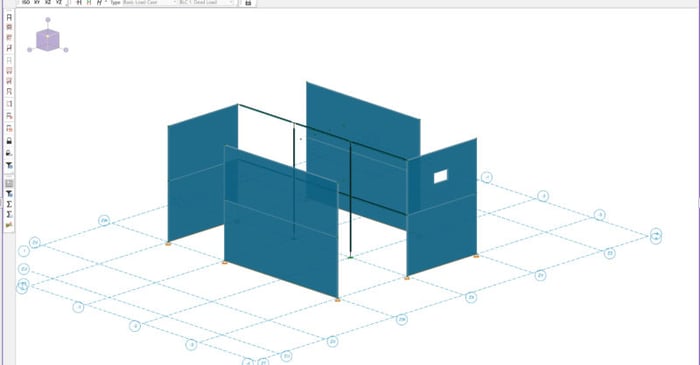
Cold-formed steel framing is a durable, reliable and cost-effective option for low-rise and mid-rise building projects. With the release of RISA-3D Version 19 and RISAFloor Version 15, cold formed steel (CFS) walls are now available for analysis and design. Walls that have been designated as...
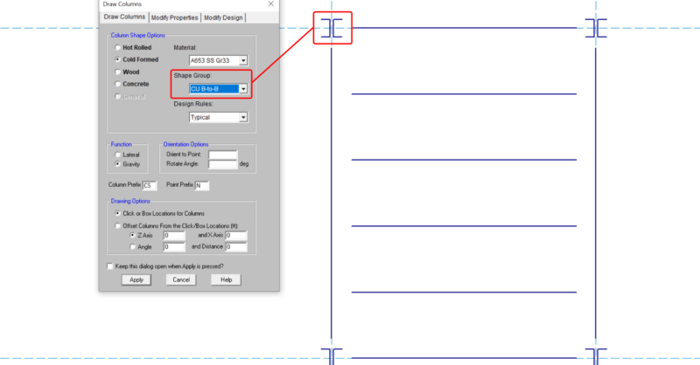
In many cases, cold-formed steel channels are built-up as back-to-back profiles in order to add strength and stability. Previously, these sections (along with face-to-face profiles) could be specified in RISAFloor, but unlike in RISA-3D could not be designed. RISAFloor v15 now includes the ability...
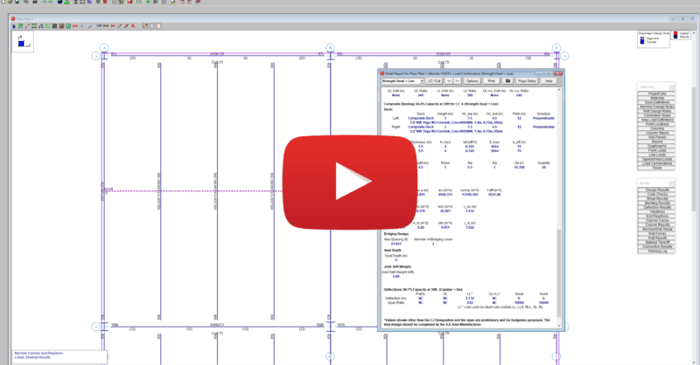
RISAFloor now includes the ability for engineers to model with and design CJ-Series composite steel joists according to SJI 200-2015 and including the design of top/bottom chords, bridging, joist seat depth as well as headed stud size and spacing.
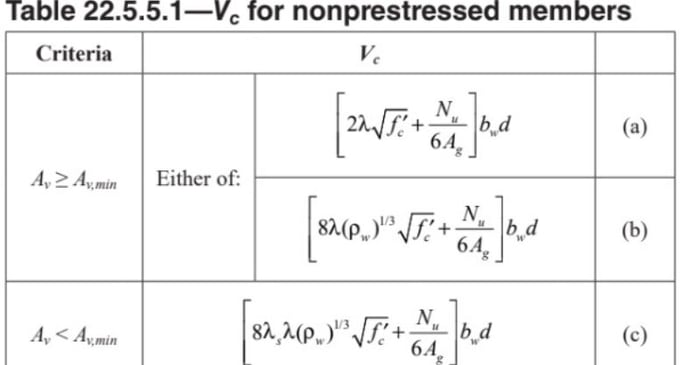
The new ACI 318-19 code has been implemented into RISA-3D v19, RISAFloor v15, and RISAFoundation v13. One of the biggest changes between the ACI 318-14 code and the ACI 318-19 code is the shear contribution provided by the concrete, Vc.
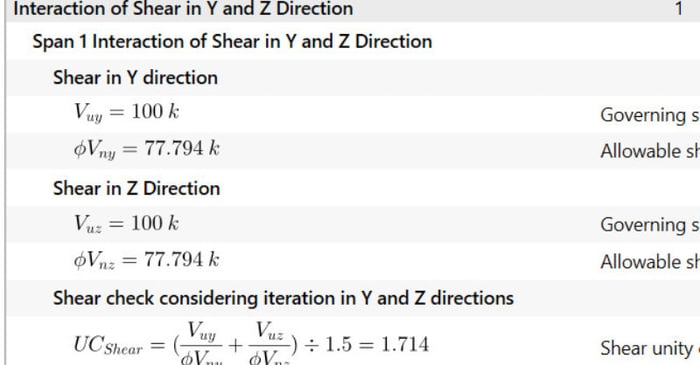
Recent tests and analytical results for concrete columns have indicated that considering shear along each centroidal axis independently can be unconservative. Therefore current versions of RISA-3D, RISAFloor and RISAFoundation have included the consideration for the interaction of shear forces...

Watch the recording of our webinar to learn how new versions of RISA-3D, RISAFloor, RISAFoundation and RISAConnection provide users with expanded design capabilities, improved product integration and new features including:
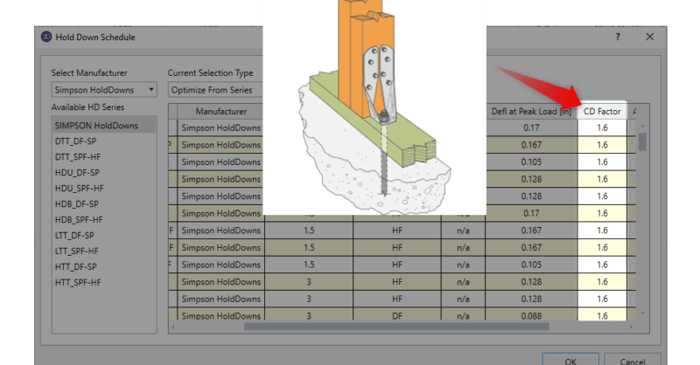
If you have utilized Hold-Down's in RISA-3D, you have mostly likely noticed that a value of CD is reported for each selection in the database. However, it may not be clear how it is being used?
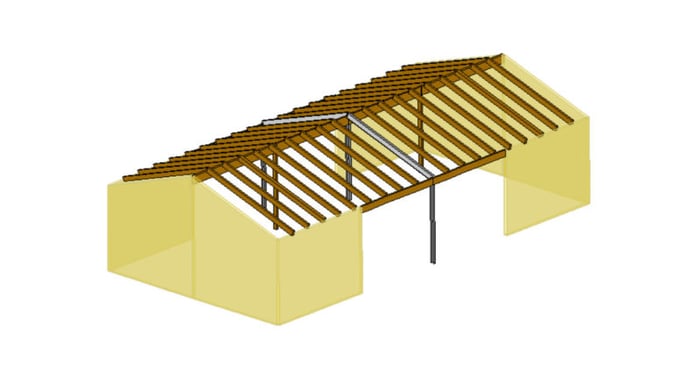
RISAFloor supports the use of flexible diaphragms on both flat and sloped roofs. Before reviewing the workflow for utilizing a flexible diaphragm on a sloped roof, it makes sense to review and understand the basic behavior of flexible diaphragms within RISAFloor. To do this, please first review the...
Our monthly "Structural Moment" newsletter is the best way to keep up with RISA’s product updates, new releases, new features, training events, webinars and more...